Unlocking the Science of LIBS: Comprehensive Detection and Analysis
1. Overview of LIBS Technology
Laser-Induced Breakdown Spectroscopy (LIBS) is a cutting-edge analytical technique that uses high-energy laser pulses to analyze the elemental composition of various materials. This technology is renowned for its **non-destructive nature**, versatility, and ability to detect elements across a wide range of samples. By creating a plasma on the sample surface, LIBS captures unique spectral signatures, making it an indispensable tool in fields like environmental monitoring, metallurgy, and cultural heritage preservation.
2. Suitable Samples for LIBS Detection
LIBS technology can be applied to a diverse array of sample types. From **solid metals and alloys** to **powders, liquids, and even biological tissues**, LIBS offers unparalleled adaptability. For instance, it excels in analyzing geological samples for trace elements, identifying impurities in industrial materials, and even characterizing ancient artifacts without causing damage. The flexibility of LIBS ensures that it remains a preferred choice for various scientific and industrial applications.
3. Key Detection Parameters in LIBS Analysis
When performing LIBS analysis, several crucial parameters are typically investigated:
- Elemental Composition: Determining the presence and concentration of elements within a sample.
- Trace Elements: Identifying trace-level elements crucial for applications like quality control or environmental analysis.
- Depth Profiling: Analyzing layers of a material to assess coatings or contamination.
- Quantitative Analysis: Measuring the precise concentration of target elements.
4. Essential Instruments for LIBS Testing
The core of LIBS technology lies in its sophisticated instrumentation. A standard LIBS setup includes:
- Laser Source: High-power pulsed lasers, often Nd:YAG lasers, for generating plasma.
- Spectrometer: Devices capable of resolving fine spectral lines, crucial for accurate element identification.
- Detector: High-sensitivity detectors like CCD or ICCD cameras for capturing light emitted by plasma.
- Control System: Software tools for data acquisition, analysis, and visualization.
5. Methods Used in LIBS Detection
The LIBS process begins by focusing a high-energy laser pulse onto the sample surface, where the intense energy creates a localized plasma. This plasma emits light that contains the spectral fingerprint of the sample's elements. The detection process involves the following steps:
- Laser ablation of the sample surface.
- Generation and cooling of plasma for spectral emission.
- Collection and transmission of emitted light to the spectrometer.
- Analysis of spectral lines using software to identify and quantify elements.
Conclusion
Laser-Induced Breakdown Spectroscopy (LIBS) represents a revolutionary step in material analysis, offering rapid, precise, and versatile detection capabilities. Its ability to handle diverse samples and provide real-time, non-invasive results ensures its ongoing relevance across scientific and industrial domains. As advancements in instrumentation and methods continue, LIBS promises to unlock new possibilities, enriching our understanding of materials and their composition.

检测资质(部分)
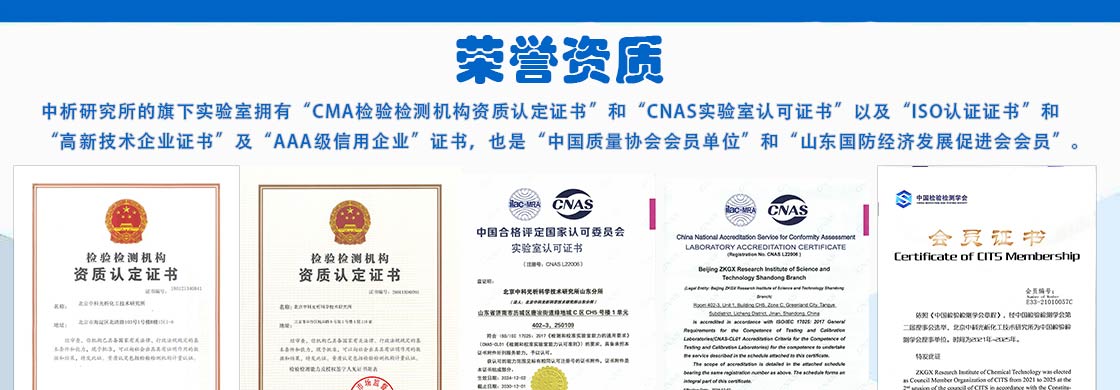
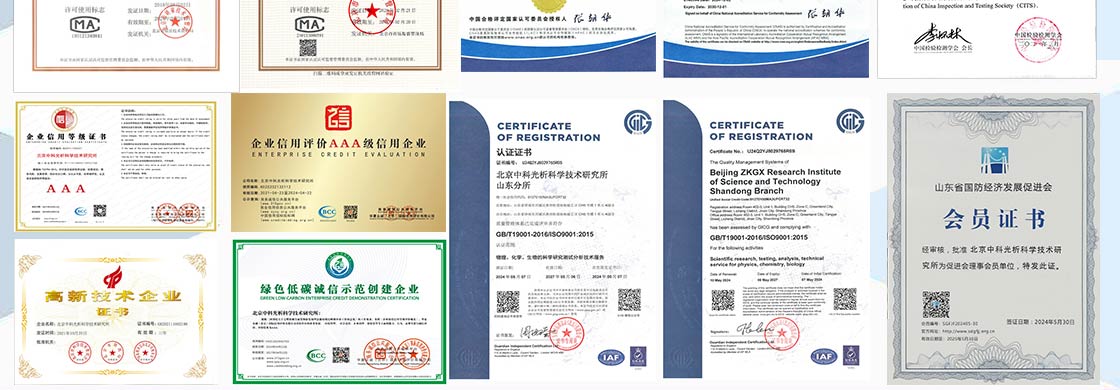
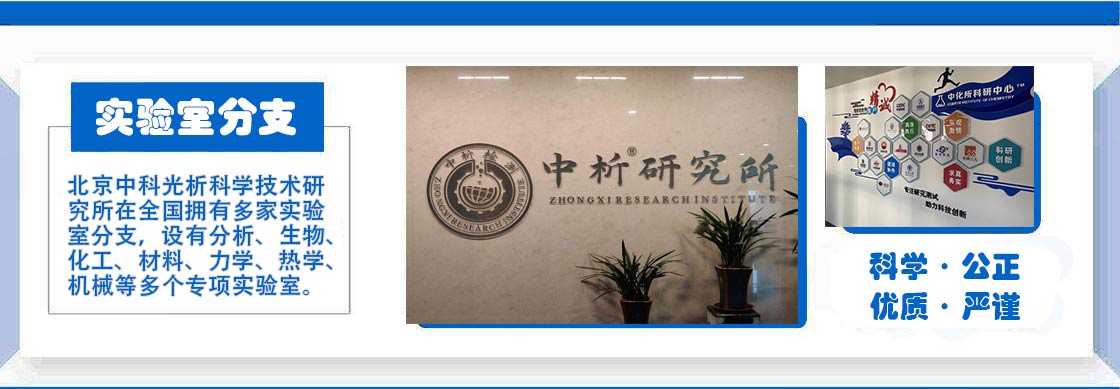
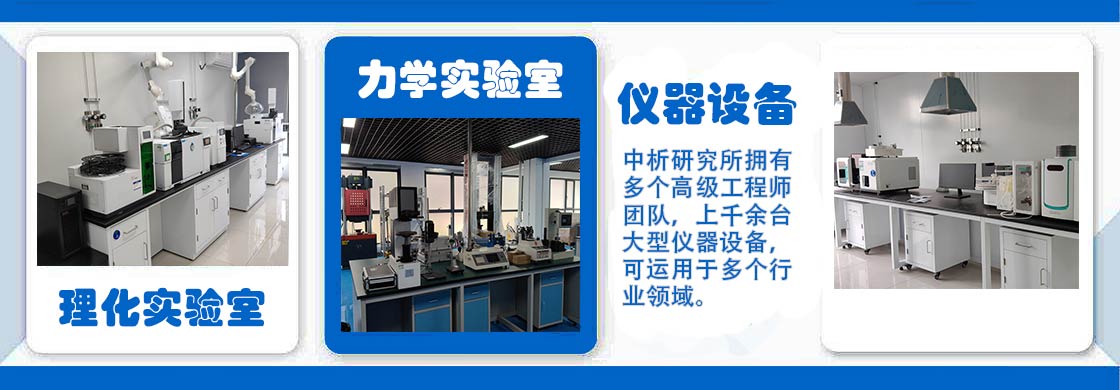
检测实验室(部分)



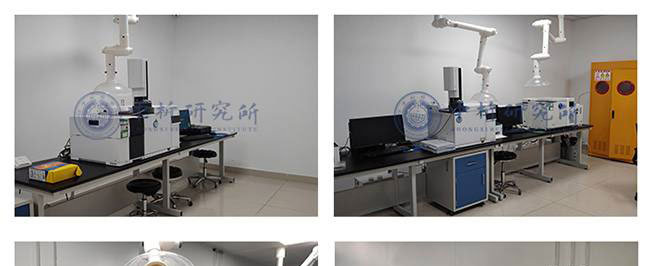
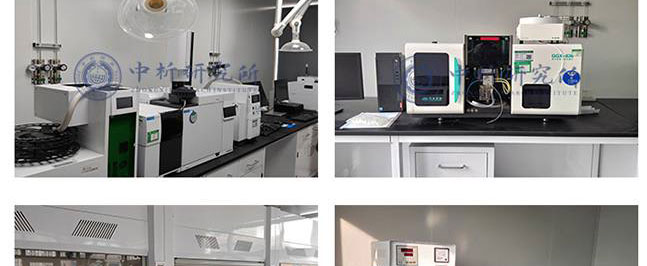
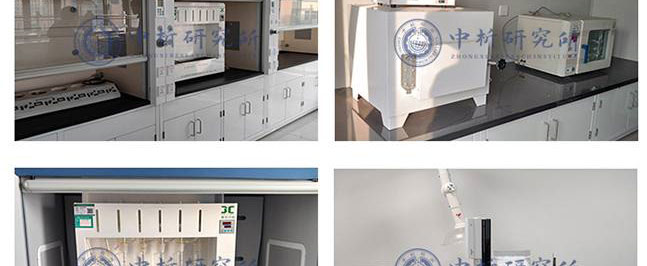
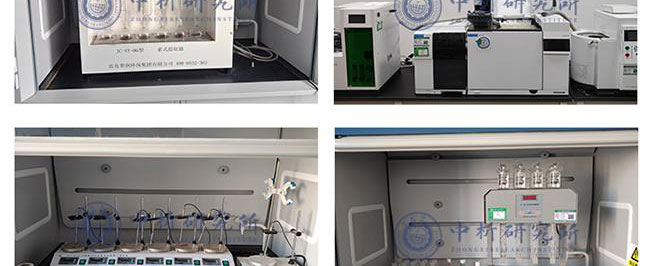
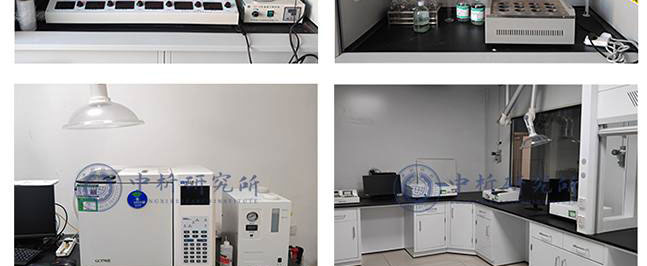
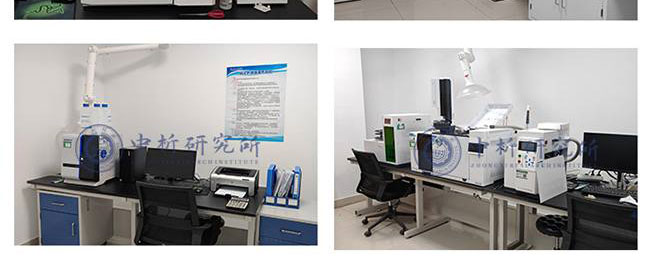
合作客户(部分)





检测报告作用
1、可以帮助生产商识别产品的潜在问题或缺陷,并及时改进生产工艺,保障产品的品质和安全性。
2、可以为生产商提供科学的数据,证明其产品符合国际、国家和地区相关标准和规定,从而增强产品的市场竞争力。
3、可以评估产品的质量和安全性,确保产品能够达到预期效果,同时减少潜在的健康和安全风险。
4、可以帮助生产商构建品牌形象,提高品牌信誉度,并促进产品的销售和市场推广。
5、可以确定性能和特性以及元素,例如力学性能、化学性质、物理性能、热学性能等,从而为产品设计、制造和使用提供参考。
6、可以评估产品是否含有有毒有害成分,以及是否符合环保要求,从而保障产品的安全性。
检测流程
1、中析研究所接受客户委托,为客户提供检测服务
2、客户可选择寄送样品或由我们的工程师进行采样,以确保样品的准确性和可靠性。
3、我们的工程师会对样品进行初步评估,并提供报价,以便客户了解检测成本。
4、双方将就检测项目进行详细沟通,并签署保密协议,以保证客户信息的保密性。在此基础上,我们将进行测试试验.
5、在检测过程中,我们将与客户进行密切沟通,以便随时调整测试方案,确保测试进度。
6、试验测试通常在7-15个工作日内完成,具体时间根据样品的类型和数量而定。
7、出具检测样品报告,以便客户了解测试结果和检测数据,为客户提供有力的支持和帮助。
以上为Unlocking the Science of LIBS: Comprehensive Detection and Analysis的检测内容,如需更多内容以及服务请联系在线工程师。





